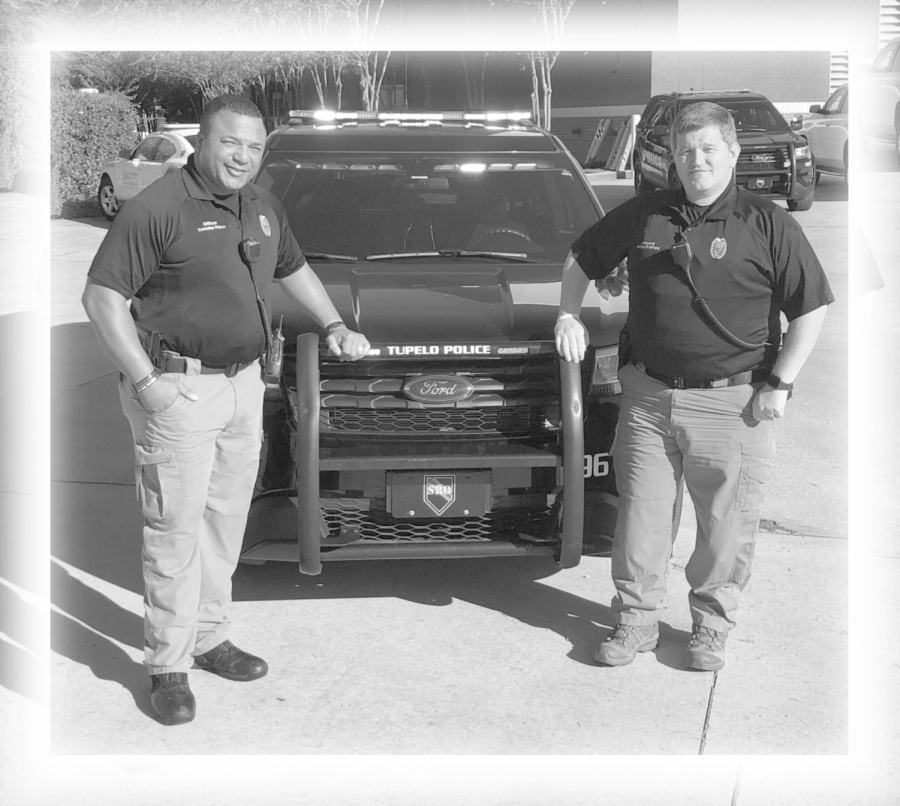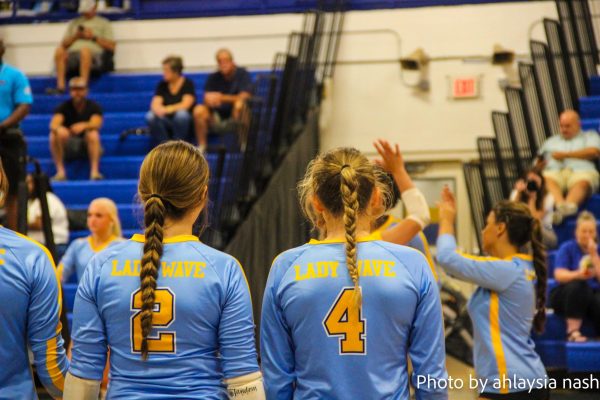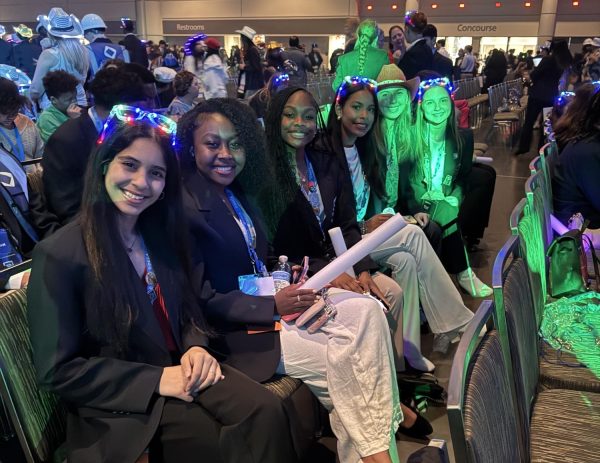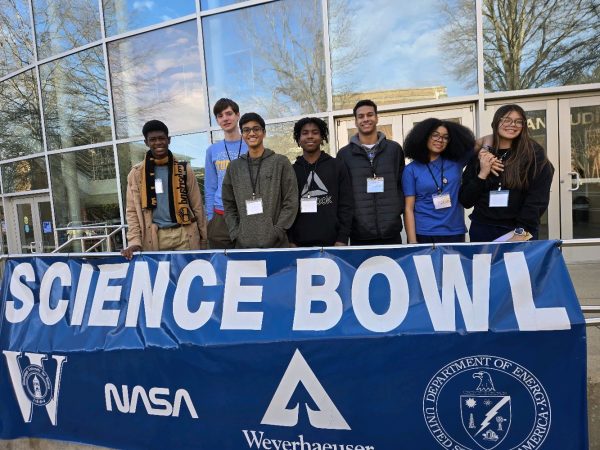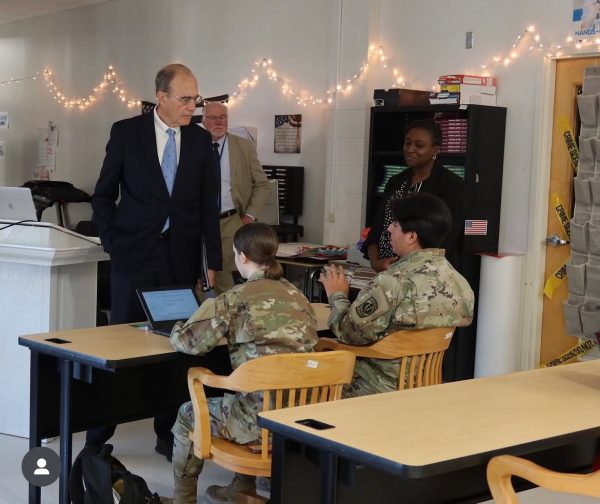Drive Safe: Arrive Alive
Officers: Nathan Sheffield, Tremaine Frison
Defensive Driving:
More accidents are prevented by defensive driving than by anything else. One way to prevent accidents by using defensive driving techniques is to follow basic traffic laws. Going the speed limit, using turning signals, and following traffic signs is a good place to start.
Avoid texting and driving and other things that take your attention away from the road as these are some of the main causes of accidents.
By staying focused while driving, you can watch other drivers behaviors and prevent an accident with another driver who is distracted.
58% of accidents involving teens happen because of distracted driving.
One of the biggest cause of car crashes is driving to close to the car in front of you. When driving you need to leave two car lengths between you and the driver in front of you.
“I tell my girls to never ever take their eyes off the taillights of the car in front of them. It only takes 10 seconds to hit someone in the rear,” Trentice Imbler, State Farm Agent, said.
By using these defensive driving techniques you can keep yourself and others safe and prevent less car accidents.
What to do in a wreck:
According to School Resource Officer Nathan Sheffield and State Farm Insurance Agent Trentice Imbler here are some steps you should follow if you are involved in a motor vehicle wreck:
- Notify police immediately. Call 9-1-1. Depending on where and how bad the accident is, the police may take some time to arrive. If there are injuries, the fire department and ambulance may be the first emergency people on the scene.
- Make sure everyone in your car is okay. Tell everyone to check themselves to make sure nothing is seriously wrong. If nothing is seriously wrong with you, be a good human and check on the people in the other car.
- If cars are moveable get them out of the way so that traffic doesn’t get too backed up. We’ve all seen morning wrecks on the way to school that can block traffic horrifically.
- When the police arrive, you should have your driver’s license and insurance card. The police department will help fill out the forms only as a courtesy for the insurance companies unless a law was broken. If something happens in a parking lot or on private property, they can only hand the forms to the people involved. If the police do not come, you can trade information with the other driver(s). Take a picture of their information if possible.
- “Never admit fault. Your insurance company will investigate who’s fault it is,” Imbler said. You can check on the other person without admitting fault.
- Call the insurance company as soon as possible to file a claim. Each insurance agency will have specific procedures for this process. It might be good to check with your company before you need to know!
- Take pictures of all damage on all vehicles from as many angles as possible.
What to do if you are pulled over while driving:
According to School Resource Officer Nathan Sheffield, here are the steps you should follow if you are pulled over while driving:
- When you first see the lights, get in the right lane and slow down. It’s possible the police officer just needs to go around you.
- If the police car slows down behind you, find somewhere safe to pull over. A lighted parking lot is the best place. But don’t wait forever to pull over.
- If it is night, turn on your interior car lights so that the officer can see you more clearly.
- Unless your wallet is right next to you, don’t start reaching for anything until the officer is at the window.
- Let the officer know you are reaching for the needed information–driver’s license and insurance. You do not need to show registration in the state of Mississippi because it shows up on your driver’s license and tag information.
- After grabbing your information put hands on the steering wheel–”10 and 2 where hands are supposed to be when you drive.”
- Get off your cell phone–seriously. You have every right to video the conversation; the officer will be videoing you as well. But this is not the time to be texting or calling.
- Answer politely and respectfully. Every traffic stop is full of potential to be a dangerous situation for all involved. If everyone can keep a calm head, the likelihood is that everyone will be able to go home safely.
If there is a question about whether or not it is an actual police officer, slow down, put on your turn signal, call 911 and drive to a lighted public parking lot or business. Tell the 911 operator that you are being followed by a vehicle with lights and want to check to see that it is a legitimate stop. NOTE: Tupelo Police cars will be “lit up like a Christmas tree.” Even unmarked police cars will have multiple lights. It should be easy to determine if it’s a real police officer. If you just see “a small flashing light above the rear view mirror”, that’s when you want to be concerned.

Schantell Edwards
My Story: Schantell Edwards
Schantell Edwards Spring Break 2013 – My family and I were on the way to Atlanta for Spring Break, and I was asleep in the back seat.
We were going around the curve by the hospital on Eason Blvd and an elderly lady pulled out and almost hit another car. The other car swerved over into our lane and my dad tried to avoid hitting that car.
The elderly lady’s car hit us on the front. Her car was barely damaged but our car was destroyed.
We were pushed off the road onto the shoulder. The only thing I heard was the car screeching. When I looked up, we were rolling down a hill with a bunch of dirt & rocks flying.
I looked down and saw that my foot was stuck in the corner of the door crack. When I got out of the car, my head was hurting extremely bad. My brothers chests’ were hurting from the impact of the wreck. When my brothers and I got out of the car, the people who were driving in the area stopped to help us.
The police informed my parents that we needed to go to the hospital. My parents took me and my brothers to the hospital. I was sad that we didn’t get to go on our trip because of the accident.
We recovered from the very tragic experience. God saw a way when there was no way.
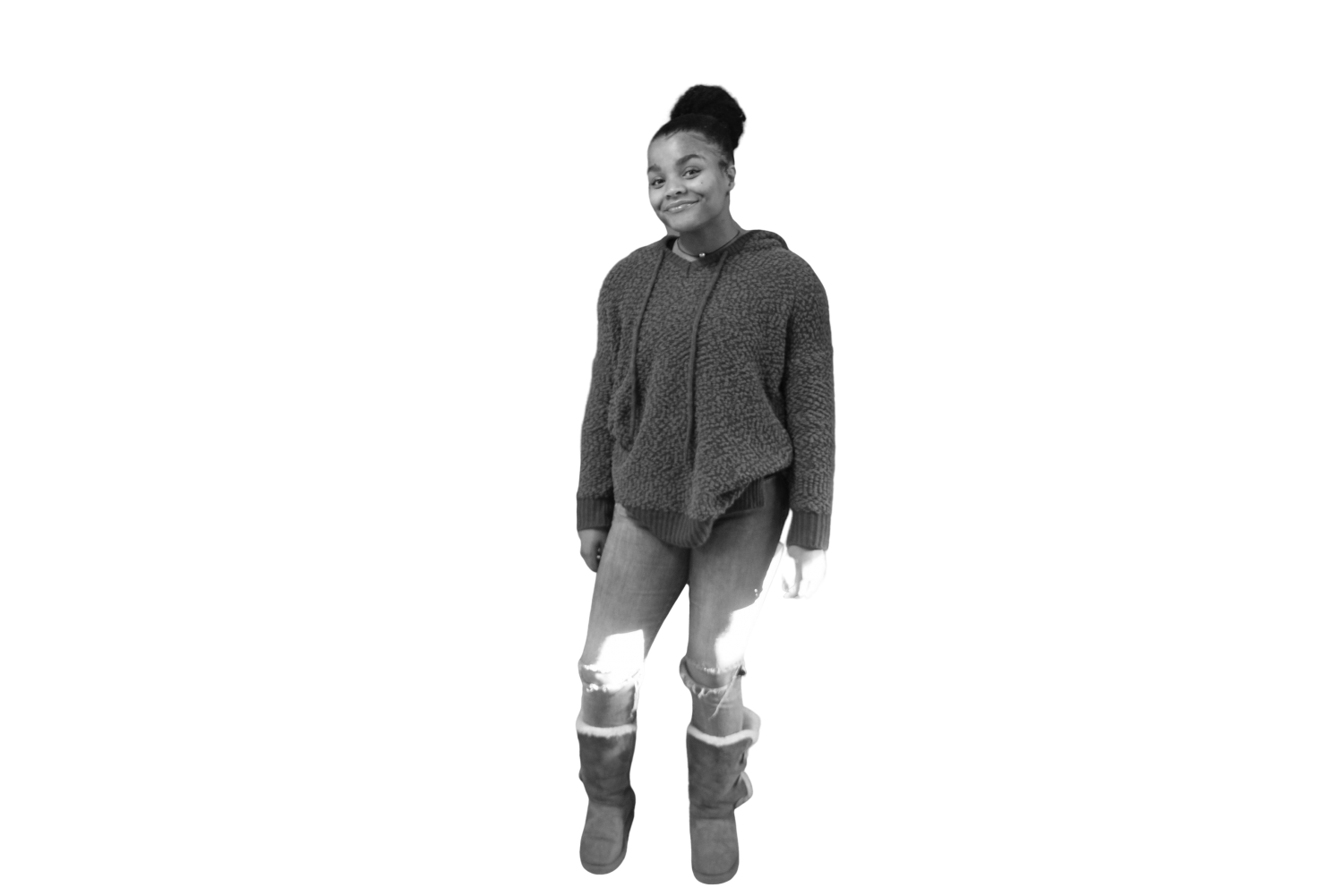
Kendall Shoemaker
My Story: Kendall Shoemaker
Kendall Shoemaker – My wreck happened on Friday the 13th in 2013. We were going to Alabama, and my body was thrown to the back of the car.
My brother had thrown my phone to the back of the car. As I was fetching it, me and my family got hit from the front and the back. An elderly driver got confused and drove the wrong way on a ramp. There was nowhere for our car to go, so she hit us head on. Our car spun a mile down the road.
I was pronounced dead at the scene and wasn’t responding. I was airlifted to Tupelo, but they couldn’t do anything for me so then I was airlifted to LeBonheur in Alabama.
I had a fractured skull, a broken arm and almost a broken ankle.
They told my mom before I went to the back [for surgery], that I might not make it out alive. Since I had a fractured skull, the doctors had to put a metal plate inside my head.
The recovery was really hard, I didn’t know who I was because I damaged my frontal lobe and once you damage your frontal lobe that’s really who you are. So I went through an identity crisis. I didn’t want to talk to people, I didn’t like who I was. It was really hard.
I had to take a lot of medications for my skull & my arm.
I was in 6th grade, when I came back to school that what was really hard. I was getting bullied and called “Scarface”.
Now I have this scar on my head but people can’t really tell so many people don’t know. There is a God.
Did you know?
- A total of 2,820 teenagers ages 13-19 died in motor vehicle crashes in 2016.
- About 2 out of every 3 teenagers killed in crashes in 2016 were males.
- Seventy-six percent of teenage motor vehicle crash deaths in 2016 were passenger vehicle occupants. The others were pedestrians (11 percent), motorcyclists (6 percent), bicyclists (2 percent).
- In 2016, 56 percent of deaths among passenger vehicle occupants ages 16-19 were drivers.
- In 2016, teenage crash deaths occurred most often in June and May; July, August, October and November also saw elevated crash deaths among teens.
Your donation will support the student journalists of Tupelo High School. Your contribution will allow us to purchase equipment and cover our annual website hosting costs.

Cooper Waters, Multimedia Reporting Staff Member
Who loves food, sleep, animals and having fun
Who feels tired, adventurous and outgoing
...
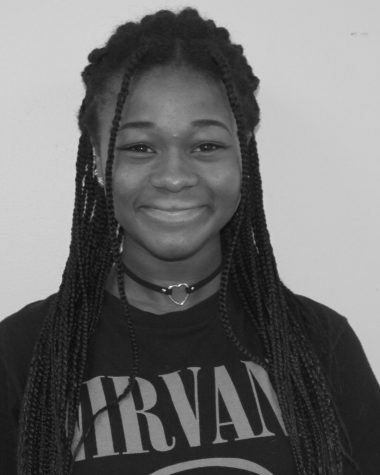
Dayna Johnson, Multi-Media Reporting staff member,
Who loves music, writing and art
Who feels anxious, sad and overwhelmed
Who needs...



